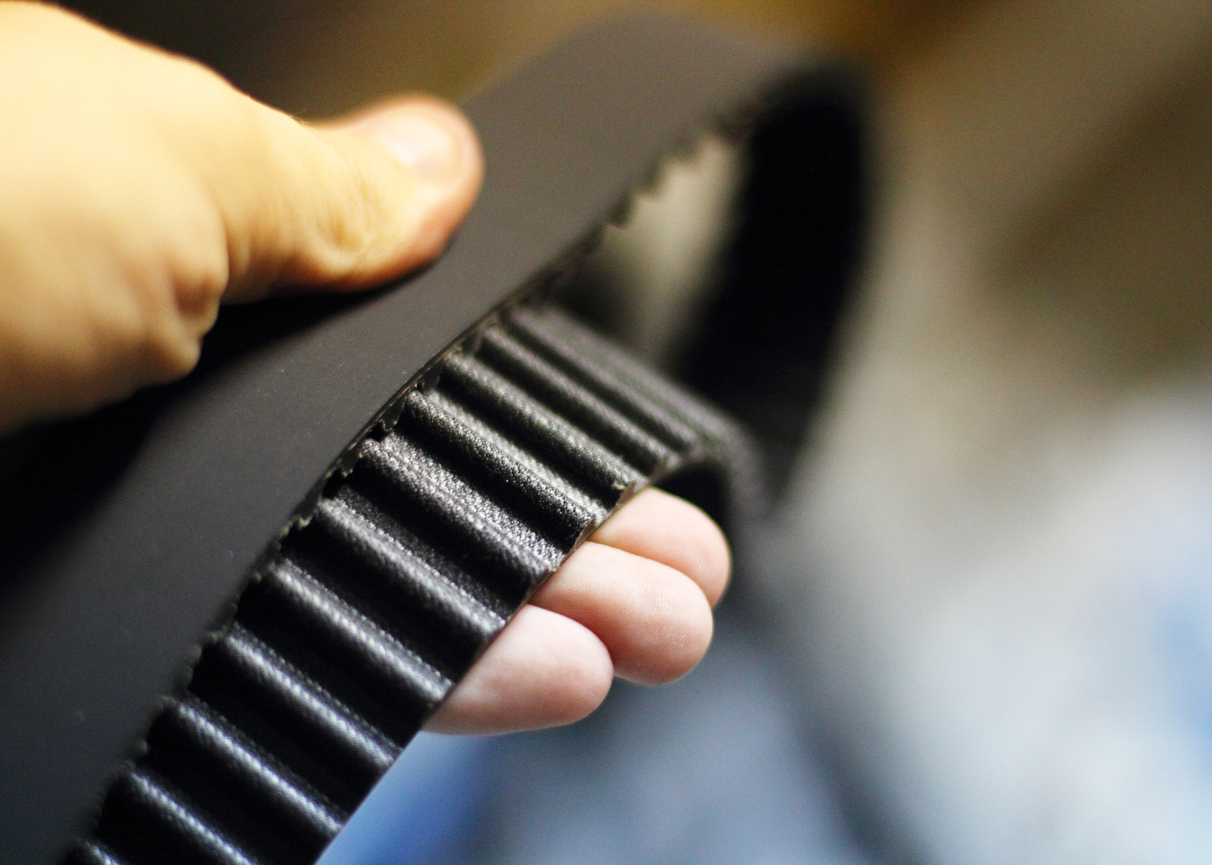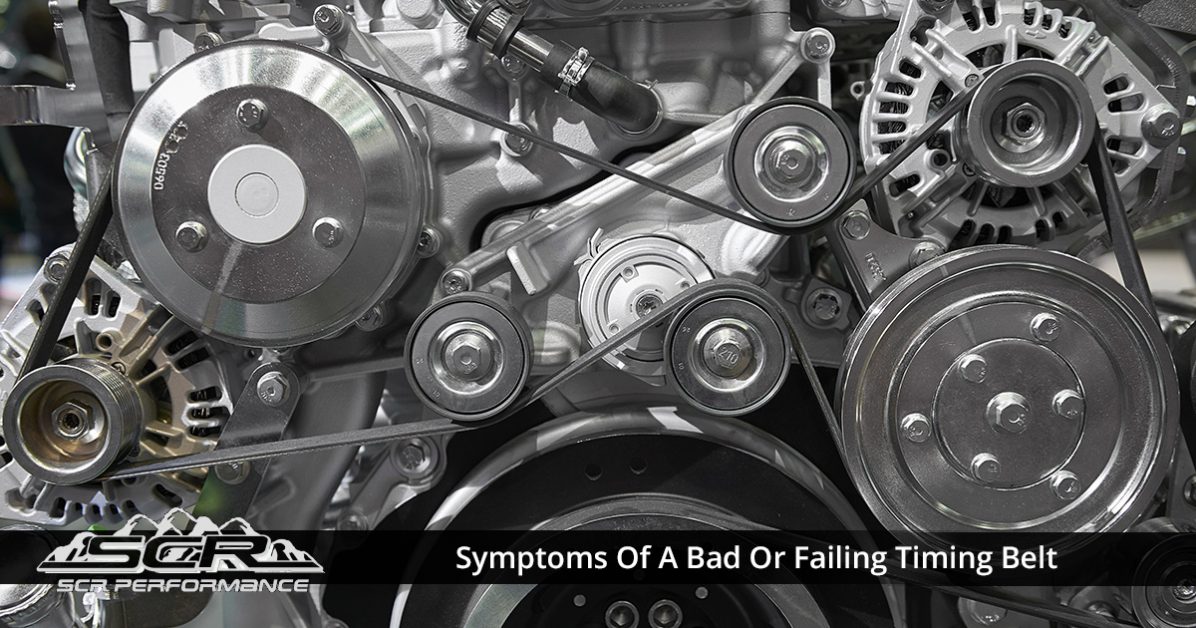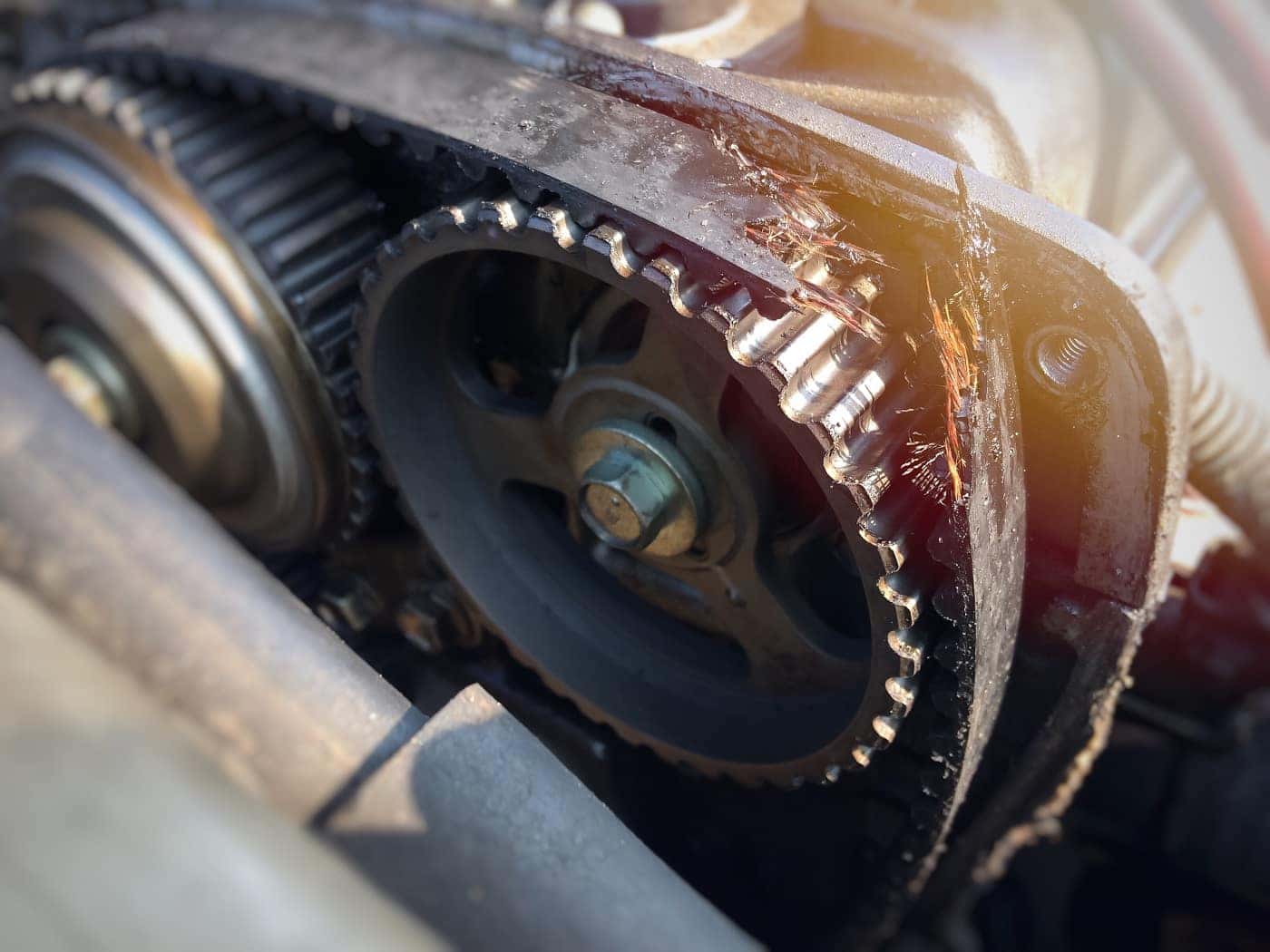What Are the Indications of a Worn Timing Belt?
The indications of a worn timing belt include engine misfires, unusual noises, and visible cracks. A worn timing belt can cause engine misfires, noise and visible damage.
If you notice any of these signs, it’s essential to address the issue promptly to prevent further damage and potential engine failure. Ignoring a worn timing belt can lead to costly repairs and even engine replacement. Proper maintenance and timely replacement of the timing belt are crucial for the overall health and performance of your vehicle.
By being aware of these indications, you can avoid potential breakdowns and keep your car running smoothly.
Signs Of A Worn Timing Belt
A worn timing belt can exhibit several signs, such as engine misfires, difficulty starting the car, or a misaligned engine. It is essential to address these indications promptly to avoid engine damage or failure.
Unusual Engine Noises
Strange whining or ticking sounds from the engine can indicate a worn timing belt.
Misaligned Timing
Misaligned timing can cause the engine to run poorly and might be a sign of a worn timing belt.
Engine Misfires
Frequent engine misfires could be a result of a worn timing belt affecting the engine’s performance.
Oil Leaks
Oil leaks around the timing belt cover may signify wear on the belt and the need for replacement.

Credit: foraccents.com
Consequences Of Ignoring A Worn Timing Belt
Ignoring a worn timing belt can have severe consequences that can lead to expensive repairs and possible damage to your vehicle’s engine. It is essential to recognize the indications of a worn timing belt to avoid the following potential issues:
Engine Failure
A worn timing belt can eventually lead to engine failure, which can leave you stranded on the road and result in costly repairs. The timing belt plays a critical role in synchronizing the engine’s components, and when it wears out, it can cause the engine to malfunction or cease functioning altogether. Ignoring the signs of a worn timing belt can lead to significant inconvenience and financial burden.
Bent Valves
Failure to address a worn timing belt in a timely manner can result in bent valves within your engine. When the timing belt loosens or snaps, the valves can collide with the pistons, causing them to bend or break. This can lead to extensive damage to the engine and necessitate complex and costly repairs. Neglecting the replacement of a worn timing belt can ultimately lead to irreparable damage to your vehicle’s engine.
How To Inspect A Timing Belt
When it comes to the maintenance of your vehicle, inspecting the timing belt is a critical aspect. A worn timing belt can lead to severe engine damage, so it’s essential to know the indications and regularly inspect the belt to ensure its optimal condition. In this section, we’ll discuss how to inspect a timing belt, covering visual inspection, tension check, and monitoring mileage.
Visual Inspection
Visual inspection is the first step to determining the condition of your timing belt. Look for cracks, fraying, or any signs of wear on the belt. Check for oil or coolant leaks, as these can lead to deterioration of the belt material. Verify if the belt has any visible damage, such as abrasions or missing teeth.
Tension Check
Checking the tension of the timing belt is crucial. Gently press on the belt midway between the camshaft and crankshaft sprockets. It should have a small amount of give but should not be loose. Excessive play can indicate a worn belt or a tensioner malfunction. A professional mechanic can assist in adjusting the tension if necessary.
Monitoring Mileage
Vehicle manufacturers typically provide a mileage interval for timing belt replacement. Refer to your owner’s manual to determine the recommended replacement interval. Additionally, if you notice any signs of wear or hear unusual noises coming from the timing belt area, it’s crucial to have it inspected by a qualified mechanic promptly.

Credit: www.scrperformance.com
When To Replace A Timing Belt
Being aware of the indications of a worn timing belt is crucial to prevent potential engine damage. Here are the key factors to consider when determining the timing for a replacement:
Manufacturer’s Recommendations
The manufacturer provides specific guidelines regarding when to replace the timing belt, usually based on mileage or time intervals.
Visual Damage
If you notice visual signs of wear or damage such as cracks, fraying, or excessive slack, it is time to replace the timing belt.
Timely Maintenance And Replacement
Timely maintenance and replacement of a timing belt are crucial to ensure the smooth operation of your vehicle’s engine. By keeping up with regular maintenance and replacing the timing belt when needed, you can avoid costly repairs and potential engine failures. In this section, we will discuss the importance of regular maintenance and the cost of replacing a timing belt.
Importance Of Regular Maintenance
Regular maintenance is key to prolonging the lifespan of your timing belt and preventing it from wearing out prematurely. The timing belt plays a crucial role in synchronizing the rotation of the camshaft and the crankshaft, ensuring that the valves open and close at the right time during the combustion process. Over time, the timing belt can become worn, cracked, or stretched, causing it to lose its ability to properly synchronize these components.
By scheduling regular maintenance with a qualified mechanic, you can ensure that your timing belt is inspected and replaced at the manufacturer-recommended intervals. This can vary depending on the make and model of your vehicle, so it’s important to consult your owner’s manual or seek professional advice. Regular maintenance can help detect early signs of wear on the timing belt, allowing for timely replacement and preventing potential engine damage.
Cost Of Replacing A Timing Belt
The cost of replacing a timing belt can vary depending on several factors, including the make and model of your vehicle, labor costs, and the type of timing belt used. On average, the cost can range from $500 to $1000, including parts and labor. While this may seem like a significant investment, it is much more cost-effective than dealing with the consequences of a broken timing belt.
When a timing belt fails, it can cause extensive damage to the engine, resulting in expensive repairs or even the need for a complete engine replacement. By proactively replacing the timing belt at recommended intervals, you can avoid these costly repairs and potentially save yourself from the inconvenience of being stranded on the side of the road.
It’s important to note that the cost of timing belt replacement can vary depending on the complexity of the engine and the accessibility of the timing belt. Some vehicles require more labor-intensive procedures to access and replace the timing belt, which can increase the overall cost. Therefore, it’s wise to consult with a trusted mechanic to get an accurate estimate for your specific vehicle.

Credit: www.eliteacura.com
Frequently Asked Questions On What Are The Indications Of A Worn Timing Belt?
How Do I Know If My Timing Belt Is Bad?
Signs of a bad timing belt include engine misfires, difficulty starting the car, a noticeable decrease in power, and strange noises from the engine. If you notice any of these symptoms, it’s crucial to have your timing belt inspected by a professional to prevent costly damage or failure.
What Does A Worn Timing Belt Sound Like?
A worn timing belt can produce a high-pitched squealing or rattling noise. It may also cause the engine to sound like it’s struggling or misfiring. If you notice these sounds, it’s crucial to have your timing belt inspected and replaced if necessary to avoid potential engine damage.
What Happens When Timing Belt Wears Out?
When timing belt wears out, it can lead to engine failure, causing significant damage and potentially leaving you stranded. It’s important to replace the belt as part of regular maintenance to avoid costly repairs and ensure your engine’s performance and longevity.
How Does A Car Act When The Timing Chain Is Going Out?
When a car’s timing chain is failing, it may cause engine misfires, rough idling, and poor acceleration.
Conclusion
To sum up, recognizing the signs of a worn timing belt is crucial for vehicle maintenance. Ignoring these signals can lead to serious engine damage and costly repairs. Regular inspections and timely replacements are key to ensuring the smooth operation of your engine and avoiding potential breakdowns.
Easy maintenance saves money in the long run.
